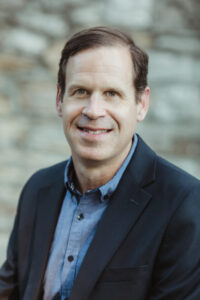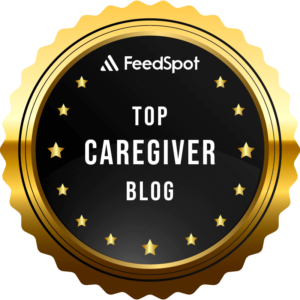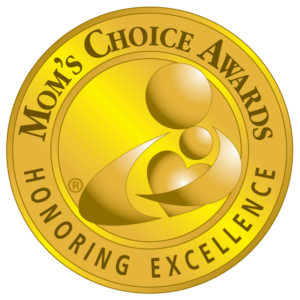
Published on:
As I meet with family caregivers, I’m always struck by the poignant and compelling accounts of their lives. Caregiving typically is not something they planned for, and yet they find themselves in the unexpected and often protracted situation of caring for a loved one. Most caregivers muddle through this experience, struggling to meet the needs of their loved one without neglecting their other life responsibilities.
A relentless focus on meeting the needs of the care receiver, who may themselves be facing a sobering realization of ever-diminishing capacity, can become a physical and emotional drain for the family caregiver. The hamster on a wheel, going and going and going, is a metaphor that I like to share with caregivers. They readily identify with it. It is easy to become so consumed with the ceaseless tasks of caregiving that one fails to see how care itself can have mental, emotional, social, and relationship implications.
Of course, the tasks of care must be forefront for both caregivers and care receivers. The care receiver’s health condition, no matter what it may be, requires attention. In response to such immediacy, there are a host of resources available to help caregivers and care receivers address the health condition. In particular, the medical community offers information about the pathology of disease, treatment options, and tools that may help care receivers manage their condition(s) more effectively.
Family caregivers are thrust into a role of offering assistance. Unable to “fix” their loved one, the family caregiver must learn how to provide ongoing support, usually without formal training or sufficient guidance. As the family caregiver continues to engage in supportive care, there is more than a physical change in behavior that occurs. Extended family caregiving can alter the way a person views themselves and others. The mental, emotional, and social effects of care may not be consciously recognized, but they can be profound and permanent.
In my work, I strive to raise consciousness of the mental, emotional, and social transformation that subtly occurs over the long trajectory of providing informal care to a loved one. Models are an important way for this to be accomplished.
Why Models for Family Caregiving?
A model can serve as a lens bringing focus to something that is unclear. A model may introduce language to convey concepts or feelings that are hard to express. A model can become the basis for a shared understanding of ideas which are important for people to discuss. In light of these features, models can be tools for reflection, dialogue, and dialectical problem solving.
Models can thus be useful for both family caregivers and those who support them. While family caregivers often struggle meeting the routine demands of care, it is frequently also difficult for them to identify, understand, or process the underlying transformations taking place in their lives. Professionals—including therapists, counselors, psychologists, social workers, care managers, and ministers—may be called upon to help the family caregiver “make sense” of what is happening.
The models I have created for family caregivers and the professionals who support them are designed to frame the caregiving experience and provide opportunities for reflection, discussion, and problem solving. The reflective family caregiver may use a particular model as the basis for self-examination. A professional working with the family caregiver may use a model to extract thoughts and feelings, discover the nature of a problem, or engage in conversation about how to move forward.
Useful Family Caregiving Models
I’d like to share three family caregiving models which serve the purposes described above. Each one of these models is intended to apply across a wide range of family caregiving situations, regardless of the condition of the care receiver or the historic relationship between the caregiver and care receiver:
• The Caregiver Resilience Model views family caregiving through a lens defined by roles, relationships, realities, rewards, and readiness.
• The Pattern of Caregiver Development Model describes the process by which a family member learns to fulfill an emerging caregiver role.
• The Caregiver Mindshift Model, which is new, depicts the cognitive shifts in attitudes or assumptions that family caregivers experience over time.
These models can be helpful for family caregivers to analyze, recognize, or reflect upon their personal circumstances. For instance, after seeing the Caregiver Mindshift Model for the first time, a family caregiver told me, “Wow, you’ve just summed up the last 10 years of my life. I wish I had seen this at the beginning [of my caregiving journey].” For many caregivers, seeing oneself in a model can be validating, but it can also illuminate present and future decisions.
Accordingly, the models assist therapists, counselors, social workers, and others who assume professional responsibility for clients that may be struggling in family caregiving situations. A professional can be instrumental in not only introducing the model but also joining with the family caregiver in applying the model. The model enables the practitioner to 1) use shared language to analyze the situation with the family caregiver, 2) listen to the family caregiver’s thoughts, and 3) bring professional guidance to the discussion.
I feel honored to share these models with professionals and family caregivers across the world. In conferences and community workshops, we have taken “deep dives” into the models—and I always learn from the comments and experiences of participants. If you’d like me to join your group for a thoughtful discussion about caregiving, or for a deep dive into one of these caregiving models, please let me know.
___________________________________________________________________________________________
To invite Dr. Blight to speak to your audience, please contact us.
Posted in Family Caregiving, Organizational Caregiving






